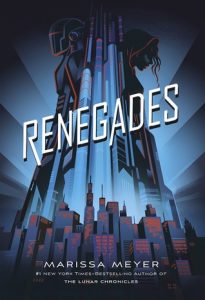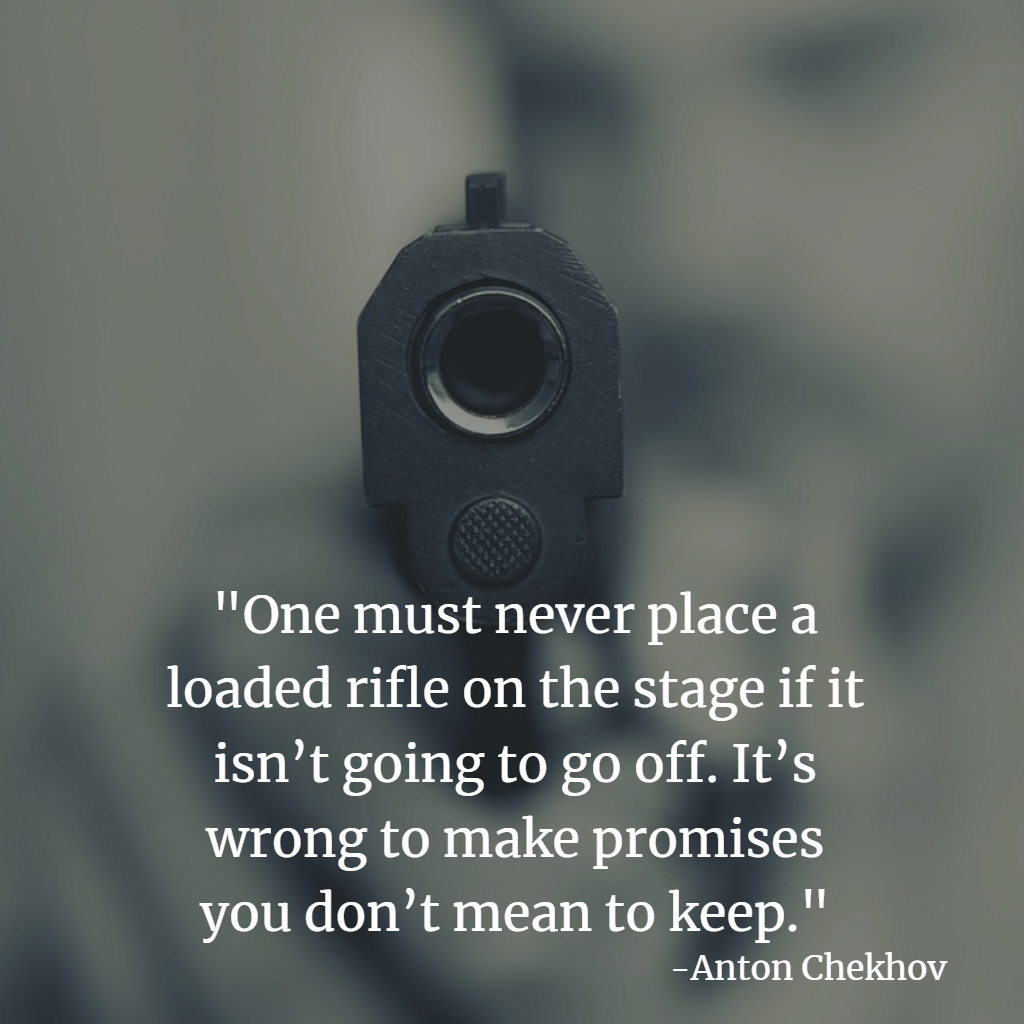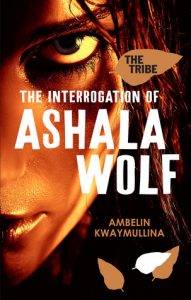I’ve been thinking a lot about satisfying endings lately. In the last few weeks, I read two recent YA books. Both post-apocalyptic, both science fiction, both basically about superheroes. Both by female authors, if that matters. Upon finishing The Interrogation of Ashala Wolf by Ambelin Kwaymullina, I thought, “This is one of the best books I’ve read in the last few years!” The other book, Renegades by Marissa Meyer, had the most disappointing ending I’ve ever seen in a book I read for fun.
Seriously. I don’t think I’ve ever started a book with such promise, read all the way through, turned the last page, and snapped the covers shut feeling so utterly dissatisfied.
I was so let down that I immediately texted one of my editor friends to ask if she’d read it. She had, and we spent a good while dissecting the ending and talking about why it was so dissatisfying. The contrast between the two books was even enough to get me to start writing goodreads reviews. You can read them here and here.
So, what exactly made the one ending so satisfying and the other so disappointing? It all comes down to answering questions and fulfilling promises.
What Renegades Did Wrong
(Note that since I’m not recommending anyone read this book, I will engage in vague spoilers about the ending).
Having quite enjoyed Meyer’s fairy tale re-tellings, I thought I would enjoy her take on superheroes, Renegades. Raised by villains, Nova lives in a post-apocalyptic future run by superheroes. After hesitating at a crucial moment and failing to kill a major superhero, sixteen-year-old Nova infiltrates the superhero-based government by masquerading as a hero. She joins the team of Adrian, the superhero’s son, who is trying to keep a secret of his own.
Meyer set up a fascinating premise with plenty of room for development. Nova has ample occasion to develop emotionally and come to see that her worldview might be skewed. The relationship with Adrian is ripe for romantic development. The possibility of secret identities being exposed looms throughout the book, providing great tension. But the book ends without any of these elements coming to fruition. Despite an abundance of learning opportunities, Nova does not ever confront her biases. The secret identities are never revealed, and the romance never develops.
As far as I can tell, not a single plot thread or question introduced at the beginning of the book has been answered by the end.
To top it all off, the book ends on a cliffhanger and with a plot twist that is only possible through deceptive manipulation of POV.
Who Controls the Story
Fundamentally, Renegades felt like the first half of a longer book. And at 500+ pages, that’s not a good thing. Meyer has recently announced that the planned sequel to Renegades has grown to be at least two books. The sense I get is that she has lost control of her story. It has grown wild. On the other hand, each book in The Tribe trilogy by Kwaymullina has an internally satisfying conclusion even while leaving room for series development. Kwaymullina says in her note in the third and final book that she had originally planned for The Tribe series to be four books. But she ultimately realized that she could tell a tighter story in three books. Kwaymullina was in control of her story, not the other way around.
What The Interrogation of Ashala Wolf Did Right
The Tribe series, starting with The Interrogation of Ashala Wolf, is steeped in Australian scenery and aboriginal culture. In a post-apocalyptic word, humans with supernatural abilities have been termed Illegal and are kept in detention centers. Sixteen-year-old Ashala Wolf managed to avoid incarceration by running away to the Firstwood as a child. She has become the leader of a Tribe of independent, superpowered young people. Unfortunately, someone has betrayed Ashala. She is captured and sent to Detention Center Three, where the notorious Neville Rose conducts experiments on Illegals. As her interrogation begins, Ashala struggles to avoid revealing crucial information, just as she struggles to forget the feelings she had started to develop for the young man who turned out to be a traitor.
Now this book (and the entire completed trilogy) I absolutely do recommend that you read, so I won’t go into quite as much detail. But suffice it to say that Kwaymullina did an amazing job of tying things together and answering all the important questions. And to top it all off, she does this even while utilizing tropes that are often frowned upon in writing circles. So yet more proof that you can break the “rules” and still write an amazing book.
In and through the plot threads that she weaves into a delightful tapestry, Kwaymullina plays with ideas of past, present, and future. Her story is infused with a message of hope despite the serious risks and emotional challenges her characters face. The characters have real, developed relationships; they deal with genuine emotional trauma; the ending of each book and the series as a whole is satisfying on a multitude of levels. Everything comes together in the end for an extremely rewarding amount of “oh my gosh, that makes complete sense, I can’t believe I didn’t figure that out.”
Chekhov’s Gun and Fulfilling Promises
Kwaymullina fulfilled her promises while Meyer did not.
You’ve probably heard of Chekhov’s gun. Playwright Anton Chekhov is famous for making this point several times, with a few variations: “One must never place a loaded rifle on the stage if it isn’t going to go off. It’s wrong to make promises you don’t mean to keep.”[1] Basically, he was saying that if you introduce an important element in the first part of the book, you need to use and/or resolve that element by the end of the book. The gun in act one is a promise, shooting it in act three is fulfilling that promise.
The key to writing a fulfilling ending is to recognize the promises you’ve made to your readers and then fulfill those promises by the end of the book.
A great method to accomplish this comes from Howard Tayler (listen about it in his Writing Excuses episode here). As a web cartoonist, he has a different perspective on endings than your typical novelist. His serialized story comes out in weekly strips. As a discovery writer, he makes up a lot of his story beginnings on the fly. But when it comes time to write the ending, he buckles down and does some planning. The first thing he does is ask some close friends to read what’s been published so far and highlight things they see as promises he has made to his readers. Jokes that can turn into real plot-bearing loads, passing comments that raise questions, etc. Basically Chekhov’s guns. Then he takes all of these unfulfilled promises and unanswered questions and crafts an ending that deals with as many of them as possible.
A novelist has one advantage over Tayler’s method—if you find that some of your promises detract from the book, you can simply take them out instead of worrying about how to fulfill them. And of course, you don’t need to tie up every single plot thread. If you are planning a series, you can leave questions that came up in, say, the second half of the book and answer them in later sequels. The key is that you answer all the questions that you start the book with. And if that answer leads to more questions, so much the better.
[1] According to Wikipedia, the source of this iteration is a letter from Chekhov to Aleksandr Semenovich Lazarev (pseudonym of A. S. Gruzinsky), 1 November 1889



Pingback: The Plot Thickens (Part 1) – Rocky Mountain Fiction Writers